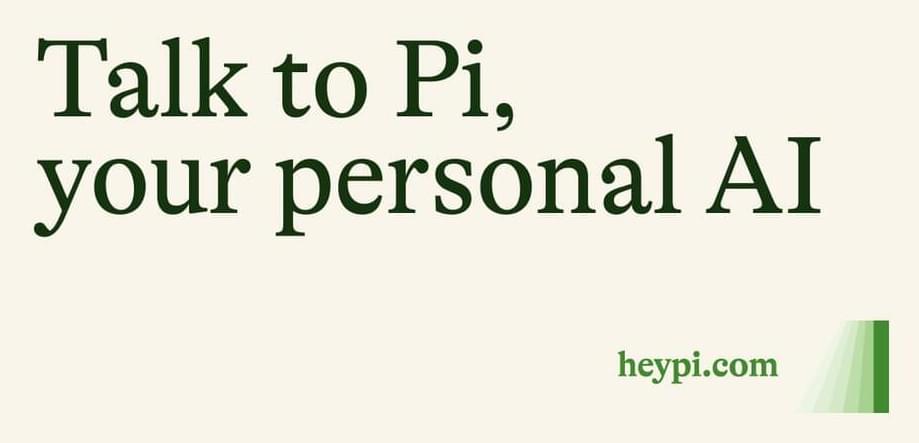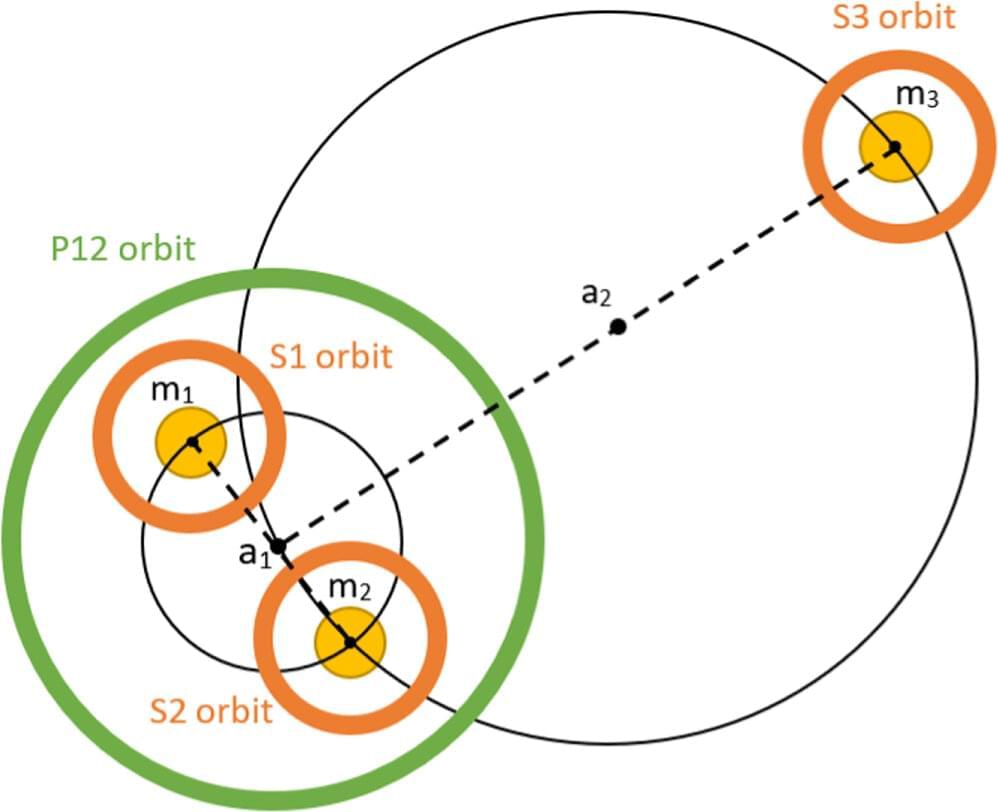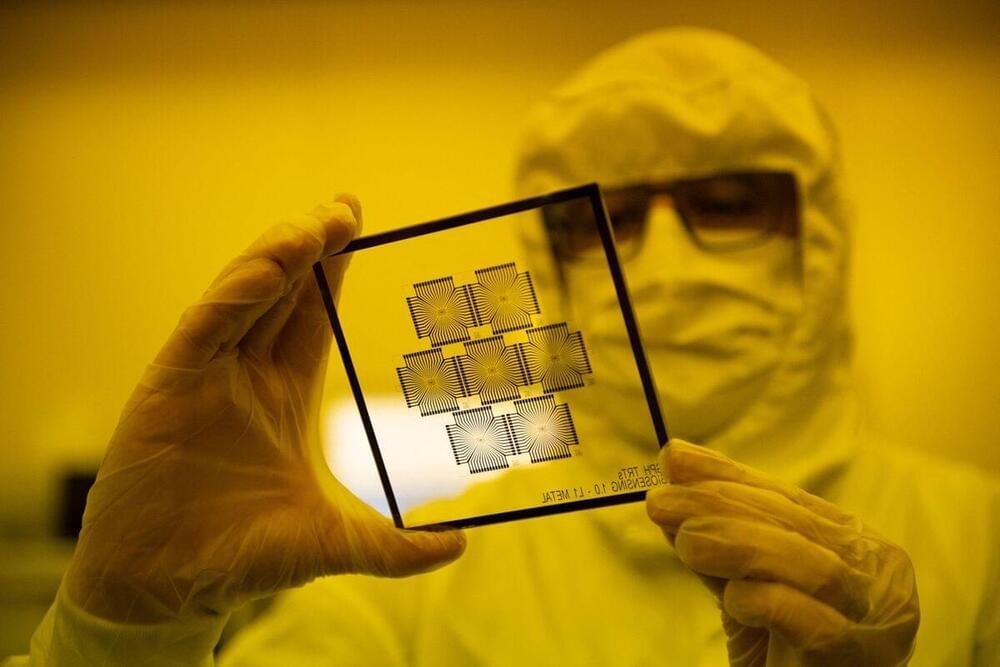If you re bored, this AI would love to talk.
Hi, I’m Pi. I’m your personal AI, designed to be supportive, smart, and there for you anytime. Ask me for advice, for answers, or let’s talk about whatever’s on your mind.

Killer aliens are coming! Join us… and find out more!
Subscribe: https://wmojo.com/unveiled-subscribe.
In this video, Unveiled takes a closer look at the real reason why aliens WILL kill humankind! For decades, our species has debated and prepared for first contact… but real life isn’t like the movies. When aliens arrive, will we REALLY stand a chance of fighting them off? Of making peace? Or would we all be wiped out before we even knew they were here??
This is Unveiled, giving you incredible answers to extraordinary questions!
Find more amazing videos for your curiosity here:
What If Humanity Lives in a Tegmark Multiverse? — https://youtu.be/9Ts0pmYKZ3c.
What If Humanity Was a Kardashev Civilization? — https://youtu.be/omScpI80PCo.
0:00 Intro.

A planetary physicist at The University of Texas at Arlington is the lead author of a study that catalogs all known planet-hosting, triple-stellar systems—those having three or more stars with planets.
Manfred Cuntz, professor of physics, led the project, titled “An Early Catalog of Planet-hosting Multiple-star Systems of Order Three and Higher.” This study provides a thorough bibliographic assessment of planet-hosting, triple-stellar systems.
It was recently published in The Astrophysical Journal Supplements Series. Co-authors include UTA alumni G.E. Luke, Matthew Millard and Lindsey Boyle, as well as Shaan D. Patel, a doctoral-bound graduate student.

Last February, the Biden administration unveiled its $5 billion plan to expand EV charging infrastructure across the country. Not only with the Department of Transportation help states build half a million EV charging stations by 2030, the White House also convinced Tesla to share a portion of its existing Supercharger network with non-Tesla EVs. On Thursday, Ford became the first automaker to formalize that pact with Tesla, announcing during a Twitter Spaces event that “Ford electric vehicle customers access to more than 12,000 Tesla Superchargers across the U.S. and Canada,” starting in Spring 2024, per the company release.
Because Teslas uses a proprietary charger port design for its vehicles, Ford owners will initially need to rely on a Tesla-developed adapter connected to the public charging cable in order to replenish their Ford F-150 Lightning, Mustang Mach-E and E-Transit vehicles. Ford also announced that, beginning with the 2025 model year, it will switch from the existing Combined Charging System (CCS) port to Tesla’s now open-source NACS charge port. These 12,000 additional chargers will join Ford’s 84,000-strong Blue Oval charging station network.
“Tesla has led the industry in creating a large, reliable and efficient charging system and we are pleased to be able to join forces in a way that benefits customers and overall EV adoption,” Marin Gjaja, chief customer officer of Ford Model e, said in the release. “The Tesla Supercharger network has excellent reliability and the NACS plug is smaller and lighter. Overall, this provides a superior experience for customers.”

May 25 (Reuters) — OpenAI Chief Executive Sam Altman has raised $115 million in a Series C funding round led by Blockchain Capital for a cryptocurrency project he co-founded.
The project, Worldcoin, aims to distribute a crypto token to people “just for being a unique individual”. The project uses a device to scan irises to confirm their identity, after which they are given the tokens for free.
Worldcoin has faced criticism for perceived privacy risks. In response to Altman’s tweet introducing the project in 2021, former U.S. intelligence contractor Edward Snowden tweeted, “Don’t catalogue eyeballs”.
David Ferrucci — father of IBM Watson, talks about artificial intelligence and the goals, mission and architecture of Elemental Cognition.
As my friends Tristan Harris and Aza Raskin of the Center for Humane Technology (CHT) explain in their April 9th YouTube presentation, the AI revolution is moving much too fast for, and proving much too slippery for, conventional legal and regulatory responses by humans and their state power.
Crucially, these two idealistic Silicon Valley renegades point out, in an accessible manner, exactly what has made the recent jump in AI capacity possible:

Generative AI startup Jasper is creating an AI marketing assistant capable of writing ad copy, blogs, and other web content. Founded just two years ago, the startup raised $125 million in October at a $1.5 billion valuation.
AI startup Magic. Dev wants to make it easier to write computer code. The company uses large language models like OpenAI’s ChatGPT to develop software that can write lines of code based on a text prompt. The program is meant to make software engineers more efficient. The company has raised $28 million to date from investors including Alphabet’s CapitalG.

I quoted and responded to this remark:
“…we probably will not solve death and this actually shouldn’t be our goal.” Well nice as she seems thank goods Dr Levine does not run the scientific community involved in rejuvenation.
The first bridge looks like it’s going to be plasma dilution and this may come to the general population in just a few short years. People who have taken this treatment report things like their arthritis and back pain vanishing.
After that epigentic programming to treat things that kill you in old age. And so on, bridge after bridge. if you have issues with the future, some problem with people living as long as they like, then by all means you have to freedom to grow old and die. That sounds mean but then I think it’s it’s mean to inform me I have to die because you think we have to because of “progress”. But this idea that living for centuries or longer is some horrible moral crime just holds no water.
Science can’t stop aging, but it may be able to slow our epigenetic clocks.